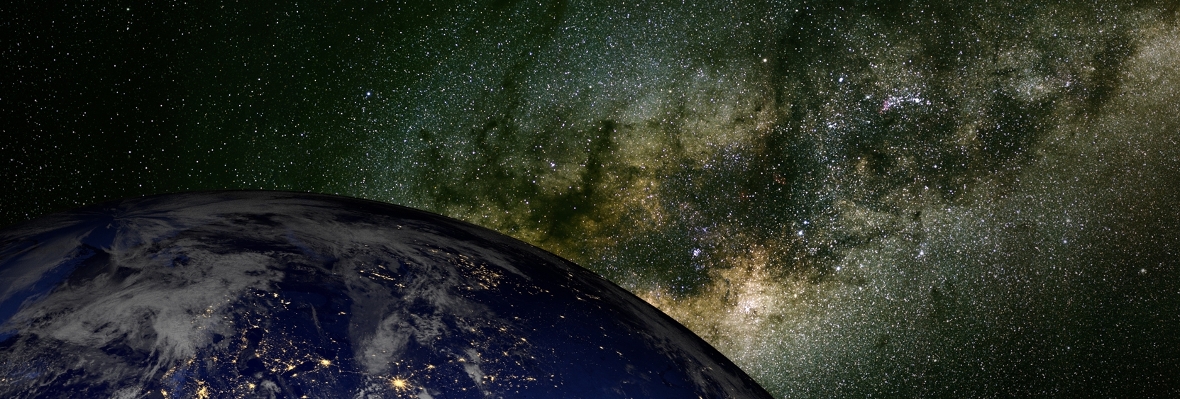Chemistry between stars and planets
In the large gas clouds between the stars, chemical reactions take place under extreme conditions, giving rise to both small molecules, such as water and common salt, as well as large complex molecules that can serve as the building blocks of life. This is known as astrochemistry and it is something we investigate in Leiden using unique telescopes, on Earth and in space, and in the Laboratory for Astrophysics.
Minus two hundred degrees Celsius
With its four astronomy professors - Ewine van Dishoeck, Xander Tielens, Harold Linnartz and Michiel Hogerheijde – Leiden University has one of the biggest astrochemistry groups in the world.
Astrochemistry takes place in the space between and around stars. In this space there is an almost-vacuum; the gas densities there are particularly low, radiation is intense and temperatures are well below minus two hundred degrees Celsius. This is not an environment where one would expect chemistry to play an important role. However, the opposite is true. It may well be that individual chemical reactions in space take place very slowly, but the volumes involved are gigantic and processes often last millions of years. The net result is therefore an interesting mix of all kinds of different substances: small and large molecules, stable and highly reactive, and complex organic species. Prebiotic molecules have also been found that may have formed the first building blocks of life on Earth – and possibly elsewhere too.
Infrared and millimetre waves
Ewine van Dishoeck, Professor of Molecular Astrophysics, is one of the founders of modern astrochemistry. In the course of time increasingly complex carbon-containing molecules have been discovered in space. These organic molecules – and water, too – can be identified at hundreds of lightyears’ distance because these substances emit radiation at infrared and millimetre wavelengths. Each type of molecule has its own spectrum, a kind of fingerprint comprising specific colours of light. To measure them, you need particularly sensitive telescopes such as ALMA, the new worldwide telescope that comprises 66 large dishes. This enormous telescope array in Chile can explore the Universe in much greater detail than ever before. Together with colleague Professor Michiel Hogerheijde, Van Dishoeck uses ALMA to look at chemical processes around young stars and to explore how new planets formed there.
The spectral fingerprints needed are measured in the Leiden Laboratory for Astrophysics. Researchers here also study how molecules can be formed in space. This is the field of work of Harold Linnartz, Professor of Laboratory Astrophysics. This makes it possible to understand the data from large telescopes: what are we seeing in space and why can we see it there? Xander Tielens, Professor of the Interstellar Medium, focuses his research on a special kind of molecule: the PAH (polycyclic aromatic hydrocarbons). These large molecules are found as particulates in car exhausts, but they are present everywhere in space. They are also present as the remnants of exploding stars, where they play an important chemical role.

Pieces of a big puzzle
The data from the Laboratory for Astrophysics, the observations made with ALMA, and also those that will soon be made with the James Webb Space Telescope provide detailed pieces of a large puzzle that astrochemists in Leiden want to resolve. What does the chemical evolution of the Universe look like? Does the chemistry in interstellar clouds determine the atmosphere of a planet? Is the existence of life linked to the processes that take place on minuscule, icy dust particles? Can PAHs teach us more about how large molecules behave in space?
To us, Earth is very special, but it may in reality not be that unique, if every planetary system in our Milky Way galaxy and far beyond has undergone the same chemical evolution.

